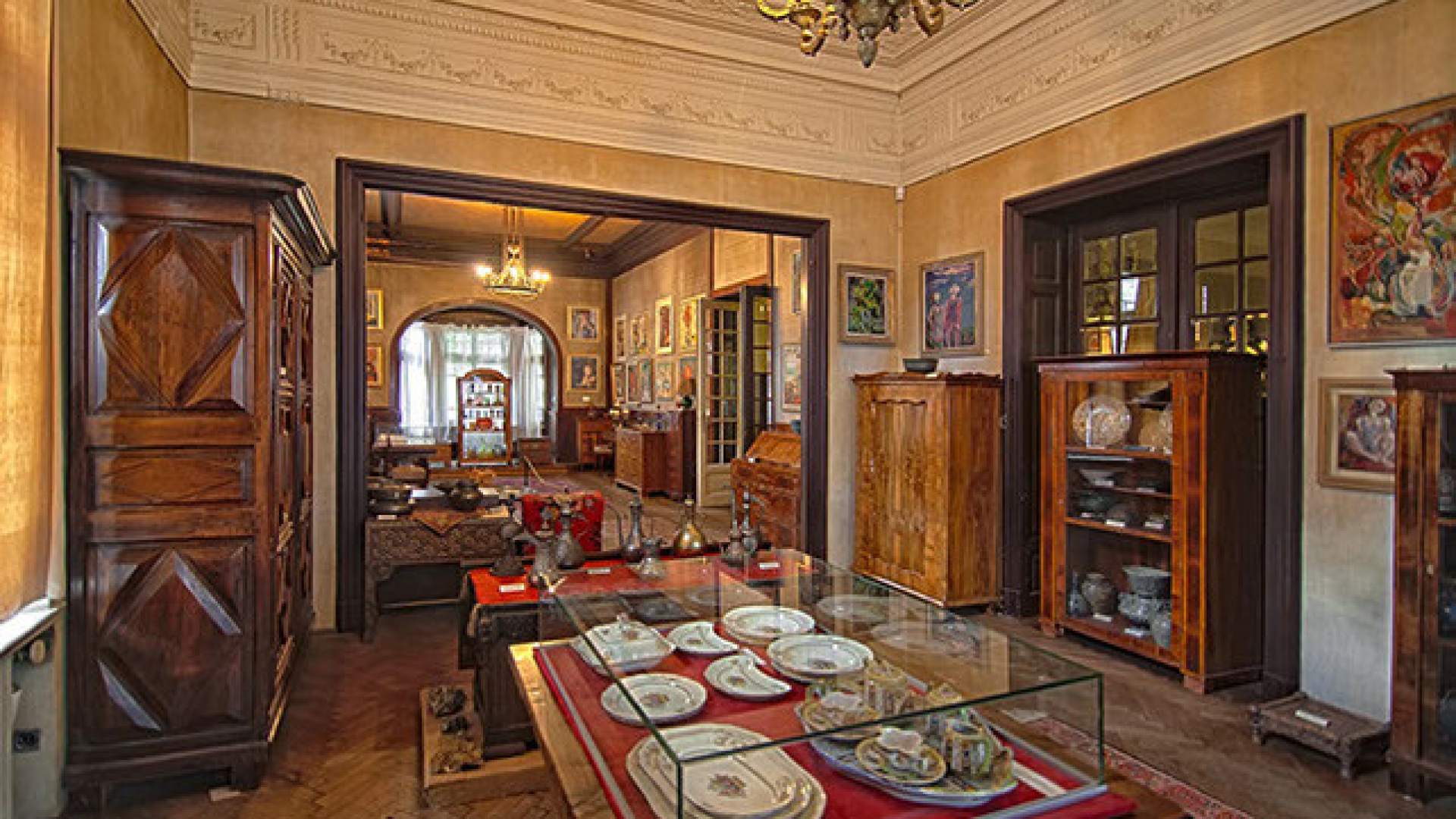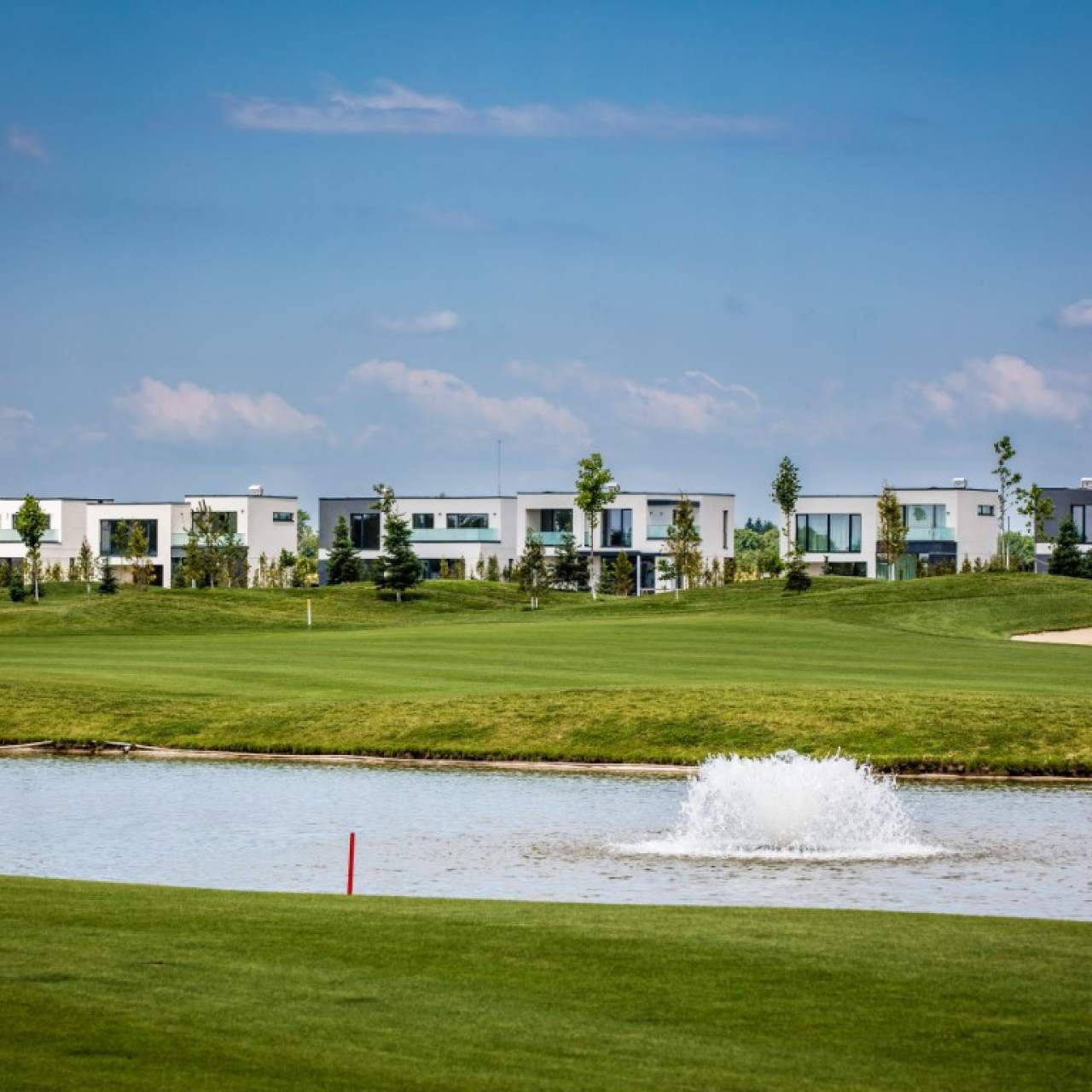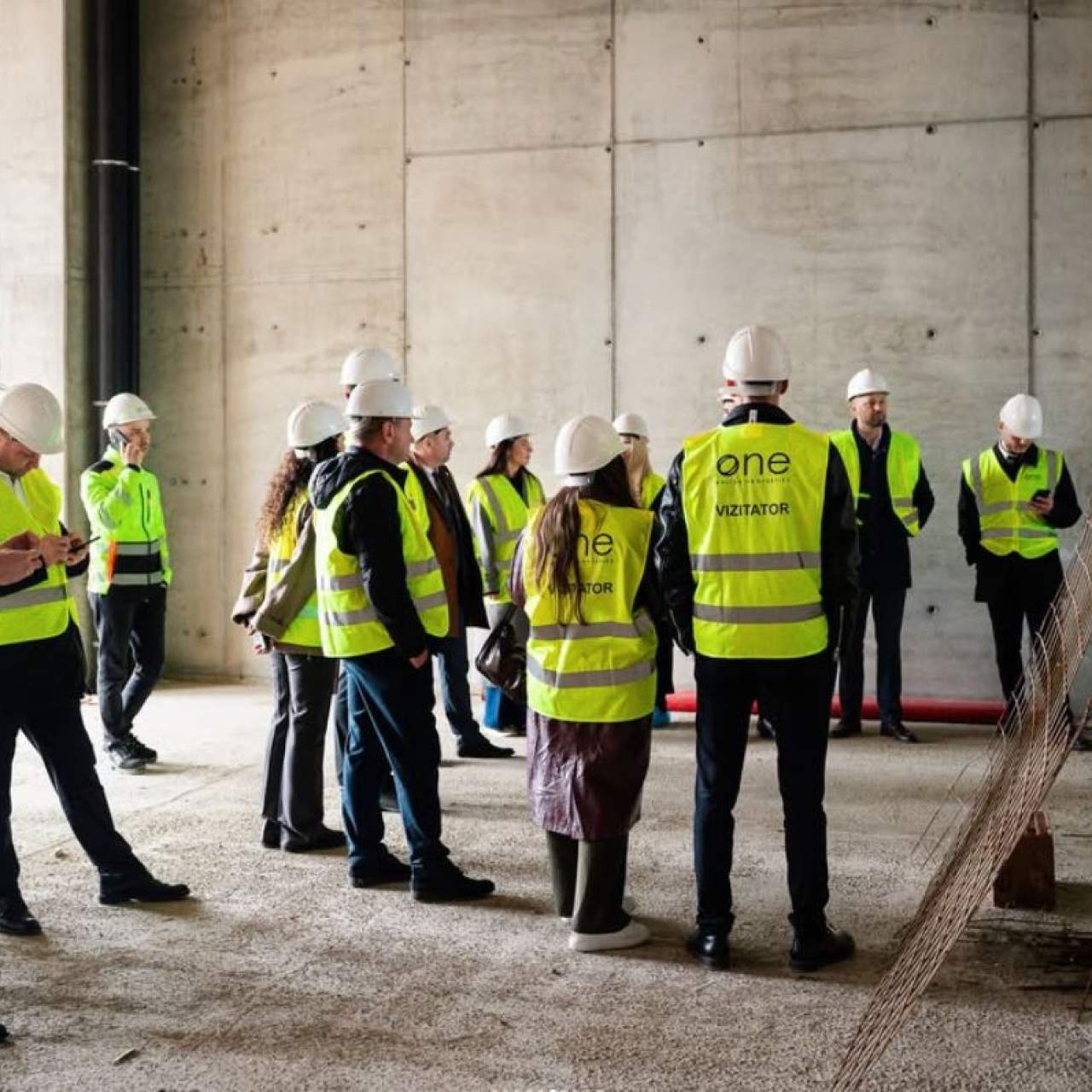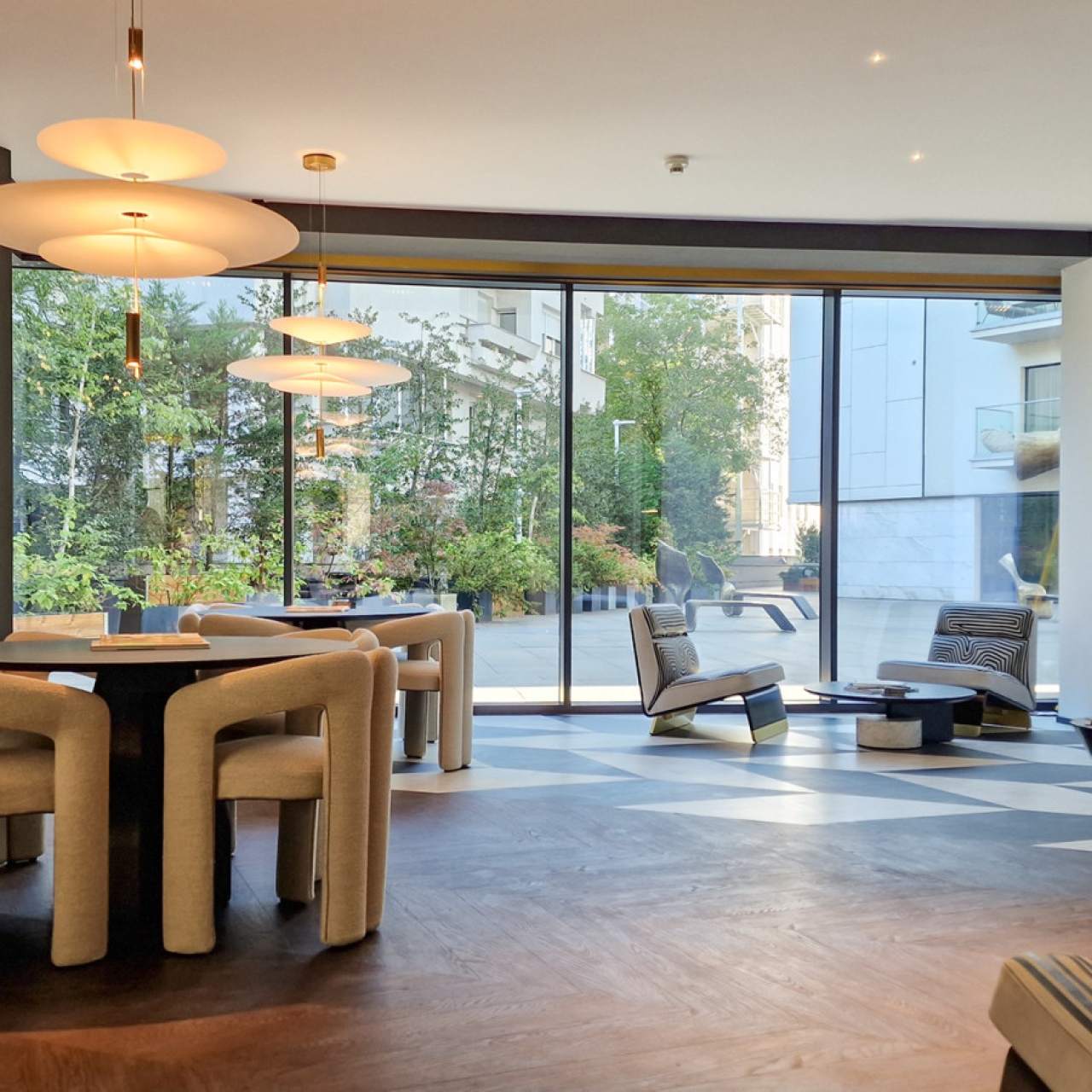
Memorial houses in Bucharest
Although they are not necessarily "architectural jewels" that make up the aesthetics of the city, the houses and memorial museums of Bucharest have a strong historical resonance for its inhabitants and beyond. Whether the old walls bear witness to the processes of literary, artistic, or scientific creation of the owners — writers, painters, or scholars — or house impressive art and academic collections, they remain an important cultural heritage of the city.
Here are some of the most well-known places in the city.
"Tudor Arghezi" Memorial House
Arranged on two levels – ground floor and first floor, the former residence of Tudor Arghezi was built on a plot of land he purchased in 1926, and the project was entrusted to the architect George Matei Cantacuzino. The house became a memorial house in 1974, at the request of the beloved writer, and since 2006 it has received the status of a memorial museum. With a total of 18 rooms plus outbuildings, the building houses both classic furniture and valuables belonging to the former owner. These include books, artwork, documents, and photographs. In the garden, there is still a printing house built between 1935-1937 that was used by Tudor Arghezi and his son, Baruțu, for printing the editions of the daily Parrot Tickets, along with which are several volumes, magazines, and images representative of the poet's family. The graves of the Arghezi couple, as well as of Mitzura, their daughter, can also be found here.
Gheorghe Tattarescu Memorial House
The house that once served as the home of the painter Gheorghe Tattarescu has a two-century-old history and is unique in that it is currently the only private residence in Bucharest in the form of an inn. In addition, since 1951 it has been one of the historical monuments of the Bucharest. The building was transformed into a museum in 1953, by a donation made by the artist's niece, Georgeta Wertheimer. Several important works have been preserved inside, including paintings, graphics, and decorative art, as well as various documents and pieces of furniture. It is currently closed for restoration.
Victor Babeș Museum
Built between 1928-1929 in an eclectic style, the building also houses the museum opened in memory of the famous scientist Victor Babeș. It was built by his son, Mircea Babeș, to honor the memory of his father's work. Therefore, visitors will discover a significant collection of scientific papers, but also numerous decorations and honorary orders with which the bacteriologist has been rewarded throughout his life. Donated to the Romanian state by the owner, in 1965 the ground floor of the house became a memorial museum, and the first floor was included, in turn, in the museum circuit in the summer of 1986, following the donation made by Sofia, Mircea Babeș's wife, to the Bucharest City Hall.
"Ligia and Pompiliu Macovei" Memorial House
Built at the beginning of the 20th century, the home of the diplomat Pompiliu Macovei and his wife, the painter Ligia Macovei, houses today a rich art collection of the former owners. It includes works by renowned artists such as Theodor Pallady, Ion Andreescu, and Nicolae Tonitza, as well as an art library. The building was designed in an eclectic French style and, before being bought in 1952 by the Macovei family, served as a hat shop and the residence of a Jewish merchant. There was also a dormitory here for a while for the apprentices who worked at a nearby factory. Public access has been allowed since 2002, and the house is owned today by the Museum of Bucharest.
George Severeanu Museum
Representative of the architecture found in Bucharest in the second half of the 19th century, the former home of the well-known radiologist George Severeanu houses a rich numismatic collection, consisting of about 9,000 pieces belonging to different eras, from Antiquity, Middle Ages, Byzantine period, and more, and also an impressive number of archaeological objects, collected by the physician over time. Among them, we can mention ancient Greek vessels, Roman glassware, ceramic objects, clay, bronze, and marble statuettes. Since 2013, after the completion of the restoration works spread over several years, the museum has welcomed its visitors with numerous thematic exhibitions.
Data for this article was obtained from muzeulbucurestiului.ro, mnlr.ro și historia.ro. Photo: „Ligia şi Pompiliu Macovei” Art Collection.
Inspired by the article?
Explore apartments in neighborhoods worth discovering:


